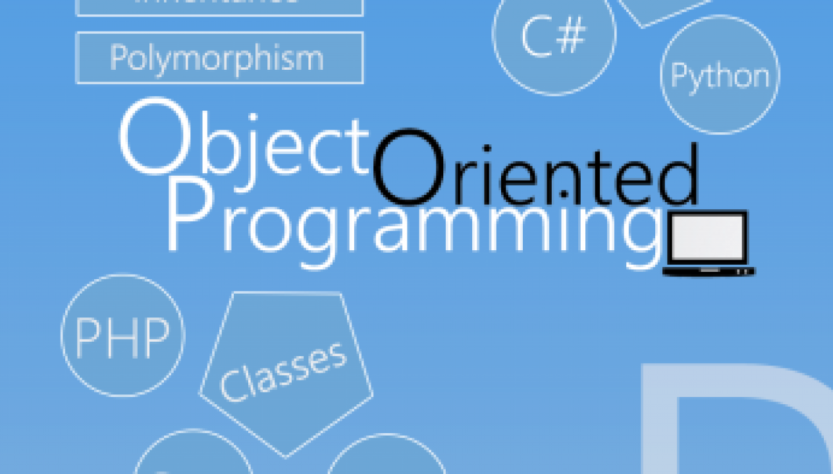To be able to create programs that are suitable for application in everyday life, OOP is the way out. If developers usually assemble code based on function and logic, with OOP developers can develop software that is divided into certain objects.
- Understanding Object Oriented Programming
Sourced from Techtarget, object-oriented programming or OOP is an object-oriented programming method. Existing programs are a combination of several small components that already exist. It can simplify the work of a programmer in developing. Objects that are interrelated and arranged into one group are called classes. Later, these objects will interact with each other to solve complex program problems. If previously the developer had to focus on the logic to be manipulated, with OOP, the developer can focus more on the object to be manipulated. This approach offers an easy way to deal with the complexities of programming. The main goal of OOP is to overcome the drawbacks of conventional programming approaches.
- Principles of Object Oriented Programming
- Encapsulation
Encapsulation or encapsulation is the concept of binding different data or methods that are united or “encapsulated” into a single unit of data. That is, the various objects that are in the class can stand alone without being affected by the others. Encapsulation can make code reading easier. This happens because the information presented does not need to be read in detail and is already an integral part.
- Abstraction
The principle of abstraction itself means that it allows a developer to command a function, without having to know how the function works. Furthermore, abstraction means hiding background details and representing only the necessary information to the outside world. It is a process of simplifying real-world concepts into absolutely necessary components.
- Inheritance
Inheritance in the OOP concept is the ability to form new classes that have derived functions or are similar to existing functions. This concept uses a hierarchical or multilevel system. That is, the farther the descendants or subclasses are, the less similar their functions are.
- Polymorphism
Polymorphism is the concept in which different objects can be accessed through the same interface. For example, you have a function to calculate the area of an object, while the object is a triangle, circle, and square. Of course, these three objects have their own calculation formula. With polymorphism, you can enter an area calculation function into these three objects, with each object having its own calculation method. This will certainly simplify the same command for certain classes or subclasses.
- Advantages of Object Oriented Programming
- Components that have been formed can be combined into a single unit
- Easy to use in other projects
- Makes it easy to add functions, objects, and classes
- Disadvantages of Object Oriented Programming
- Uses more CPU power
- Requires strict data management
- Easy duplication
- Conclusion and Closing
With object oriented programming, a program will function better than a procedural programming language, by using OOP, it will be easy to make applications that are made more effective.
The need for digital IT is needed in daily activities, Bead IT Consultant is the right choice as your partner, visit our website by clicking this link: www.beadgroup.com

